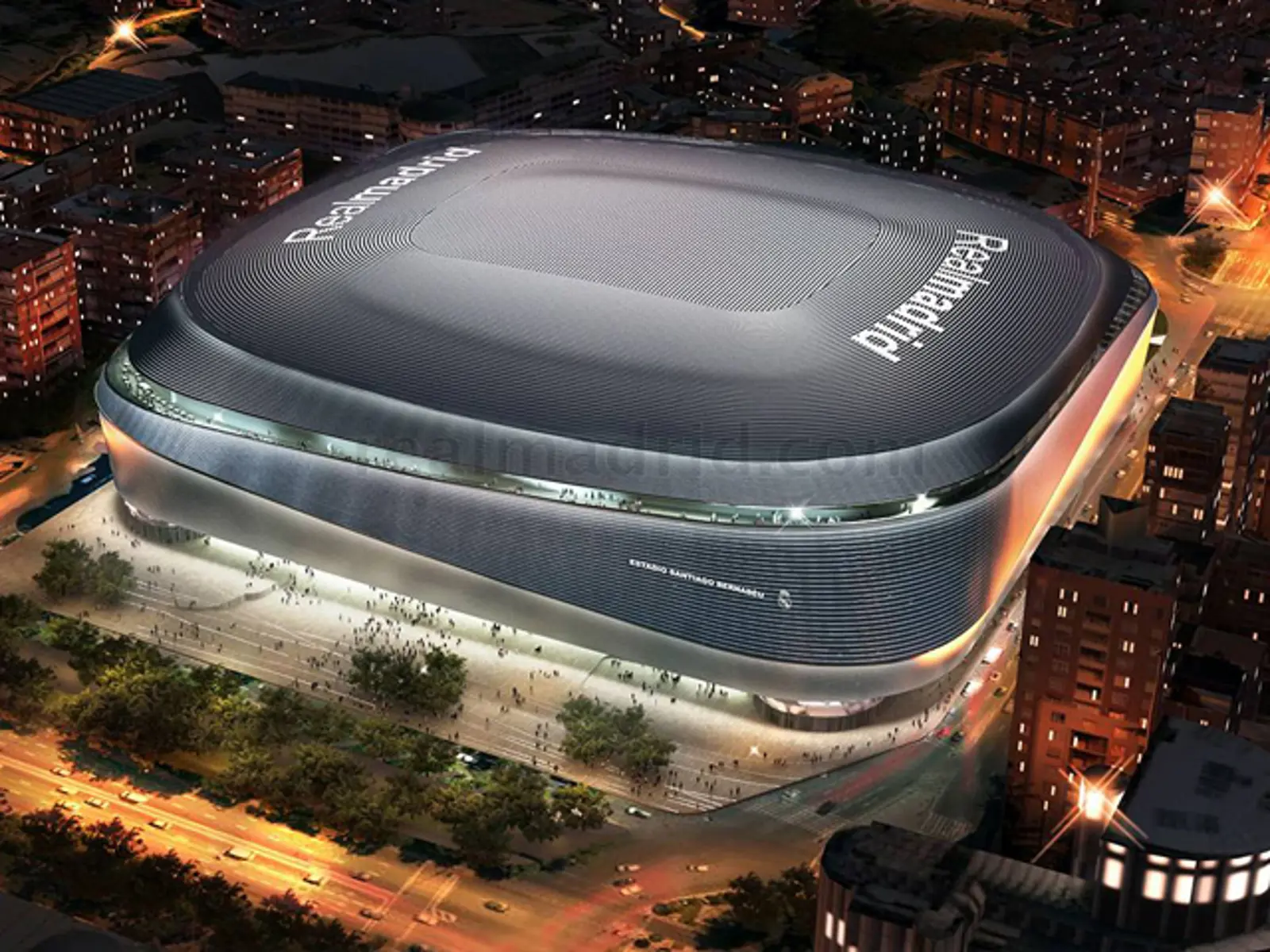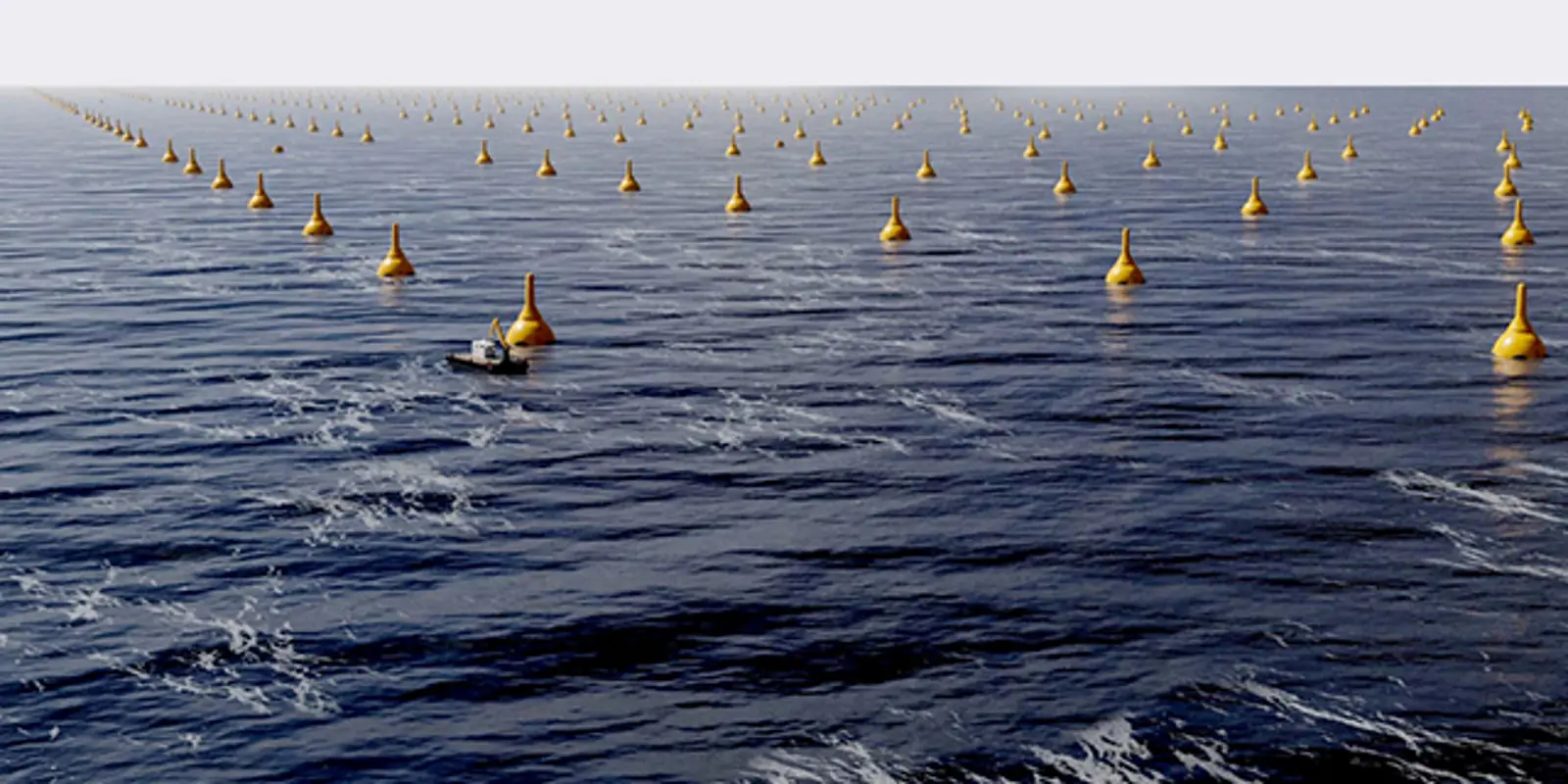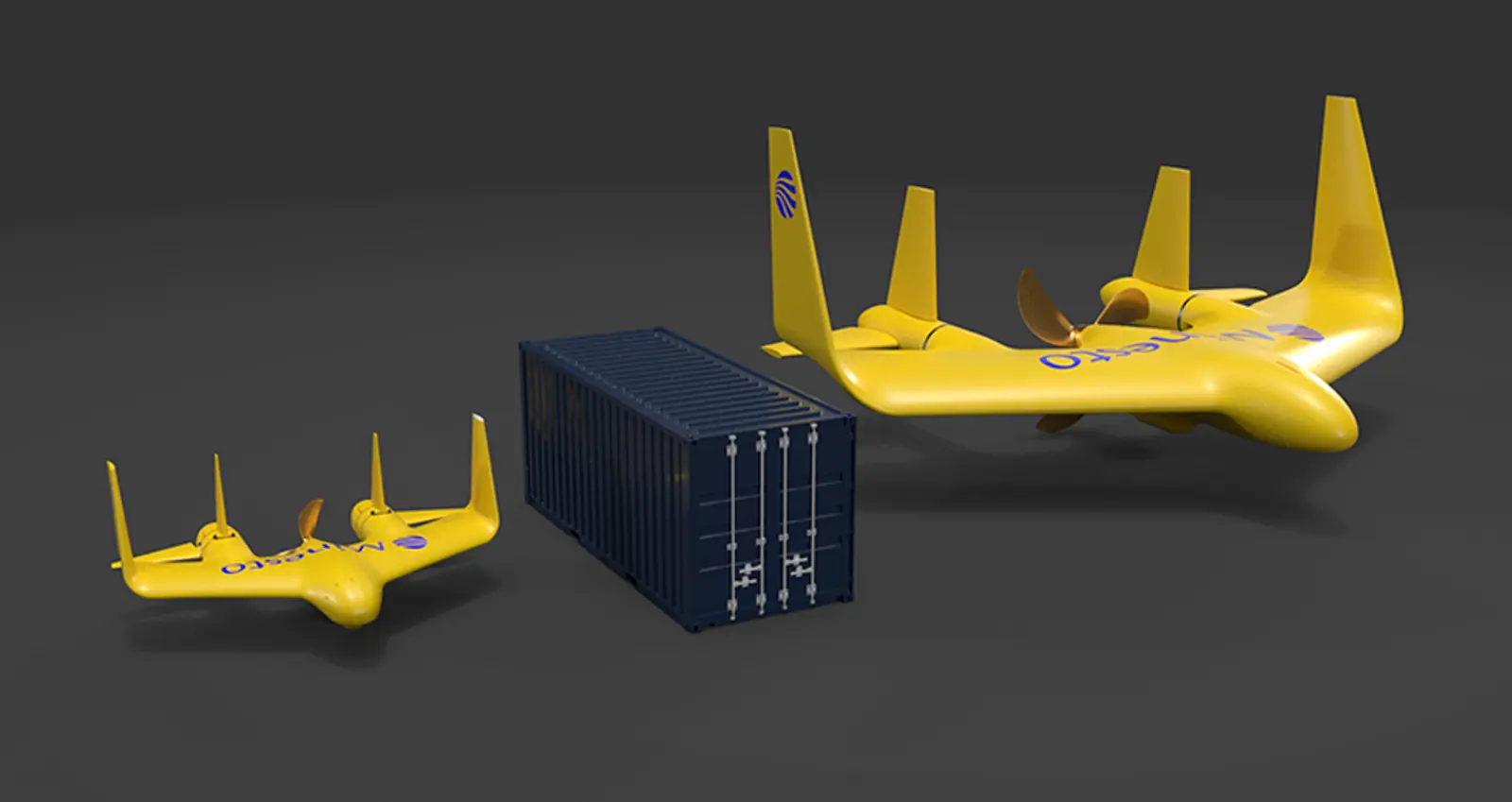
Sandwich core composite materials benefit the environment in many ways. Due to their low-density properties, the cores require only a small amount of raw material. When applied, sandwich solutions enable lightweight, flexible, and aerodynamic designs that reduce the fuel consumption of vehicles and vessels and open creative design opportunities. Diab has contributed to making many applications more sustainable in various industries, from boats and planes to new energy sources and even the roof of Santiago Bernabeu, the stadium of Real Madrid.
Real Madrid Stadium Roof
One example of sustainable applications in the construction industry is the design and manufacturing of complex structural beams for the roof of the Real Madrid stadium. The beams were made using a manufacturing process called infusion with double VAP membrane, which avoids using holes in the core and excess polymer. This process allows for the production of lightweight composite beams that are both strong and environmentally friendly.
The core innovation involves joining a monolithic 75 mm core to a PET or balsa core to avoid variation in thickness. Different cores were united, and joints were sealed to ensure linearity due to thickness changes. The final configuration achieved is a 7 mm carbon laminate on both faces of a 75 mm core, which provides excellent mechanical properties and weight reduction, simplifying on-site installation. This innovative design, in combination with Diab’s Divinycell PET and balsa cores, demonstrates how sustainability can be achieved in the construction industry without compromising quality or performance.

CorPower Ocean Wave Energy Converter
Another example of sustainable applications in the industry is the partnership between CorPower Ocean and subsea composite specialist Diab to construct its first commercial-scale Wave Energy Converter (WEC). CorPower Ocean is fabricating its next-generation C4 WEC, with dual build-out operations in Sweden and Portugal. The WEC will ultimately join a four-system wave energy array located off the coast of Aguçadoura in Portugal, forming one of the world's first grid-connected wave farms. Using sustainable materials is particularly important in this application, as the WEC will be exposed to significant fatigue, slamming, and impact loads.
The hull's sandwich structure involves the core material, which provides strength and stiffness. Diab's unique Divinycell H-grade material has many benefits, including high strength, durability, impact resistance, and lightweight and buoyancy performance. Diab provided structural engineering support, including analysing loads and stresses exposed to the hull, to ensure the correct selection of core materials and laminates for the composite structure. Using sustainable materials and innovative manufacturing processes allows for developing renewable energy solutions with a lower environmental impact.

Minesto's Deep Green
A third example of sustainable applications in the industry is Minesto's Deep Green technology, which is used for tidal energy. The technology involves a wing that is used to push a turbine through the water in an eight-shaped trajectory, sweeping a large area at a relative speed several times the actual rate of the underwater current. The pace has a cubic relationship to power production, which means that when a Deep Green power plant multiplies the relative speed at which the turbine is pushed through the water, the electricity produced by the generator is several hundred times greater than if the turbine were stationary.
Using sustainable materials and innovative manufacturing processes is essential, as the technology needs to withstand the harsh conditions of the ocean. The Deep Green technology uses the Divinycell structural core material, which provides excellent strength, durability, and impact resistance.

The Mayla High-Speed Electric Yacht
The last example is the high-performance electric motor yacht Mayla 44, which the Dubai-based company Mayla Yacht is building using Diab Divinycell HM foam in corporation with the manufacturer Ova Composites. The 44-footer is designed to be a fast and efficient craft, with a top speed of over 70 knots. To achieve this, the hull was designed around the patented Petestep hull technology, which generates energy savings of up to 35%, reduces slamming and increases passenger comfort.
The decision was taken to use an entirely carbon fibre full-sandwich composite structure to keep the weight down. Divinycell HM was chosen as the core material because of its high shear strength and outstanding shear elongation. The Diab product can absorb high dynamic impacts and slamming loads generated by modern high-speed craft. The yacht also features Notus Composites' epoxy prepregs and a range of woven, stitched multiaxial and unidirectional carbon fibre reinforcements. The Mayla 44 is scheduled to launch this year.

Are you interested in learning about how Diab can make your application more sustainable? Contact us!
